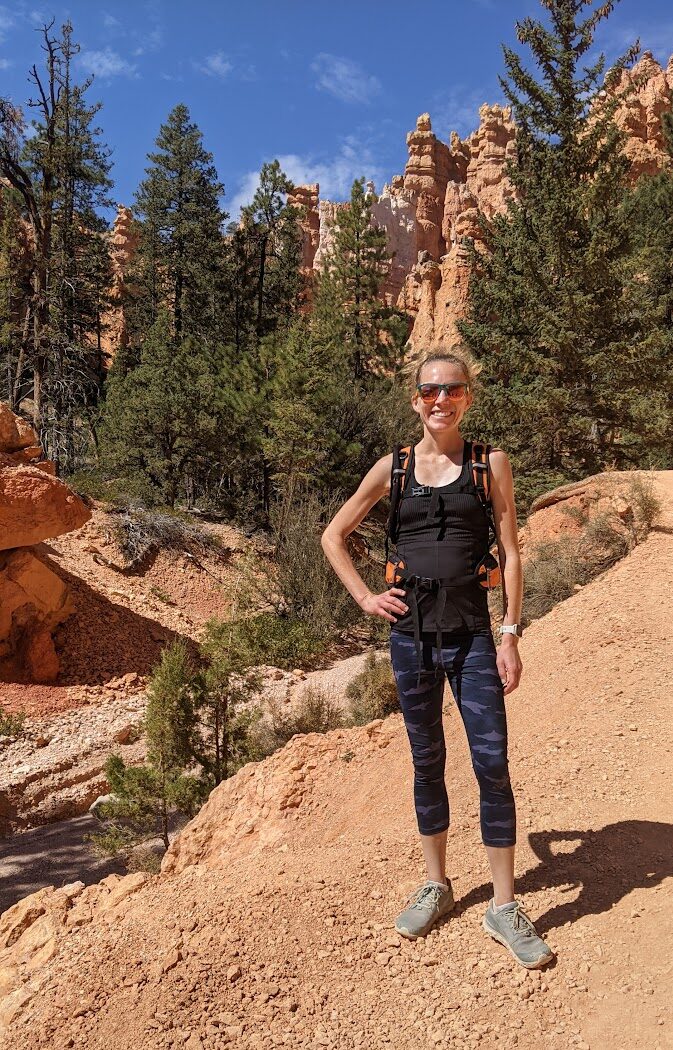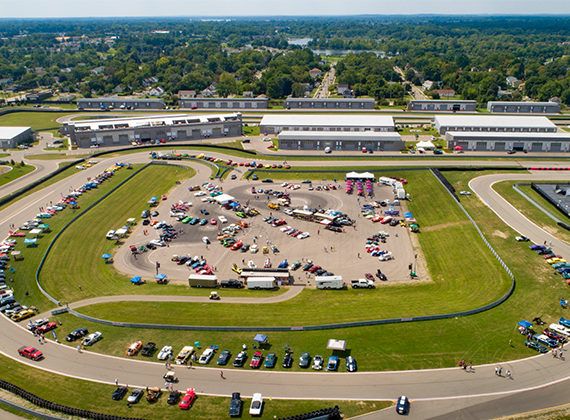Celebrating Landscape Architecture Month with Lynn Whipple
 From an early age, Lynn Whipple had a passion for the outdoors and a desire to express her creativity. When she discovered the landscape architecture program at Michigan State University during her freshman year, it immediately resonated with her. The mix of artistic expression, environmental stewardship, and community-focused design felt like the perfect fit.
From an early age, Lynn Whipple had a passion for the outdoors and a desire to express her creativity. When she discovered the landscape architecture program at Michigan State University during her freshman year, it immediately resonated with her. The mix of artistic expression, environmental stewardship, and community-focused design felt like the perfect fit.
Throughout her time at MSU, Lynn developed a strong interest in designing people-friendly outdoor spaces. She refined her drawing skills and embraced the technical side of the profession. “Having that design background made it an exciting challenge to switch from landscape architecture to graphic design and then back again,” Lynn explains. This crossover between disciplines allowed her to approach landscape architecture with a fresh, visually driven perspective, always with sustainability in mind.
After graduating with her Bachelor of Landscape Architecture in 2008, Lynn began her professional journey. Her first position leaned heavily into graphic design, creating visual presentations, renderings, and marketing graphics. It turned out to be an ideal training ground. While not a traditional start, Lynn found the experience deepened her understanding of design principles. Color theory, layout, and visual storytelling became tools that enhanced her landscape architecture work. She discovered the value of using graphic design to communicate design intent, tell project stories, and engage clients and communities.
Ultimately, Lynn’s passion for shaping physical spaces brought her back fully into the field of landscape architecture. She joined PEA Group as a Project Coordinator in 2017 and, over the years, grew into her current role as Project Manager. Lynn has contributed to a variety of high-profile projects, including public parks, trail systems, wayfinding signage, and recreational spaces. Her work reflects a deep commitment to creating outdoor environments that are inclusive, sustainable, and connected to their communities.
“Being a landscape architect gives me a unique lens through which to view the world and understand how people interact with their surroundings,” Lynn shares. She sees the profession as a way to design places that enhance well-being and foster stronger connections between people and nature.
One trend Lynn has observed is the growing emphasis on community input and user experience in outdoor space planning. There is a rising demand for safe, accessible trail networks and pedestrian-friendly routes. Projects like the Great Lakes Way and the Tri-County Non-Motorized Regional Trail Planning are prime examples, involving multi-jurisdictional efforts that bring together a wide range of stakeholders to create more walkable and bikeable regions.
A highlight for Lynn was a multi-use plaza designed for a Michigan-based university campus. The space needed to serve both students and alumni donors, blending the technical identity of the engineering school with the natural features of the landscape. The design team was given creative freedom, and Lynn enjoyed the challenge of uniting these contrasting elements. The result is a dynamic and engaging space that attracts a diverse group of users every day.
Lynn draws inspiration from travel. Exploring new cities and natural spaces gives her insight into how other regions approach public space, accessibility, and placemaking. “You learn so much more about a place when you experience it in person,” she says. Whether it is a small plaza or a sprawling park system, she is always looking at how landscape architecture shapes the way people live, move, and connect.
As communities continue to prioritize outdoor experiences, Lynn remains dedicated to designing spaces that reflect the needs and values of the people who use them, spaces that inspire, sustain, and bring people together.
